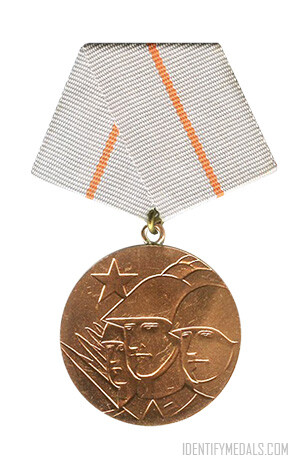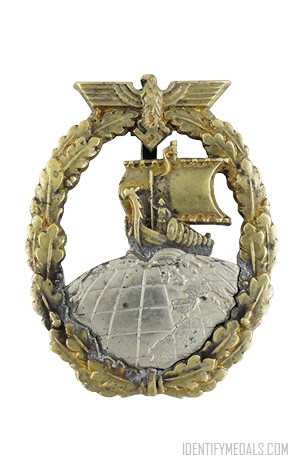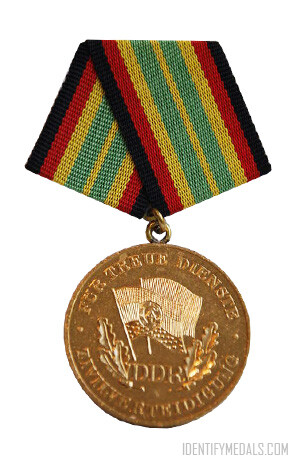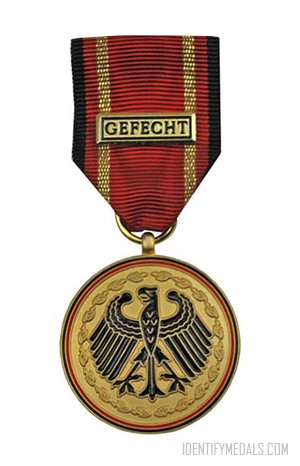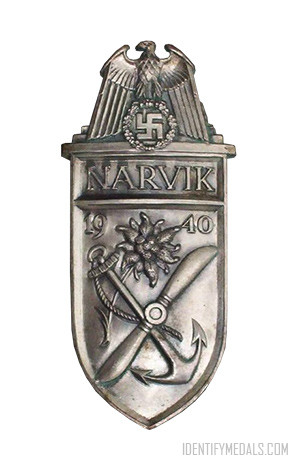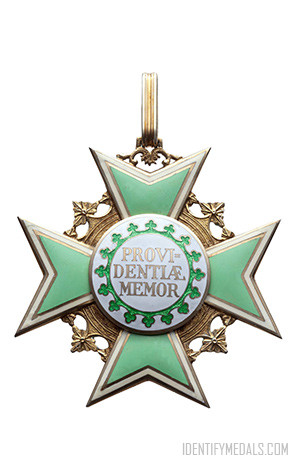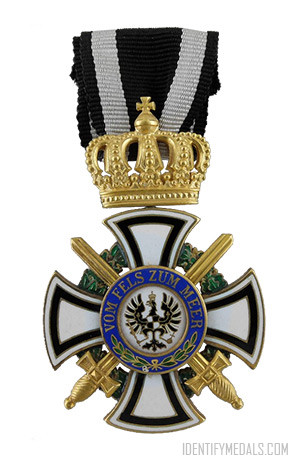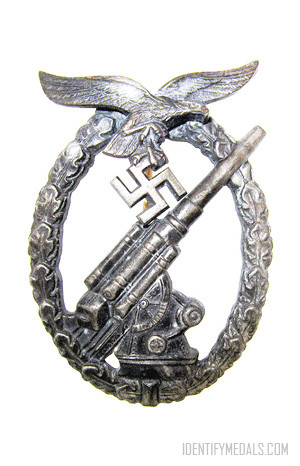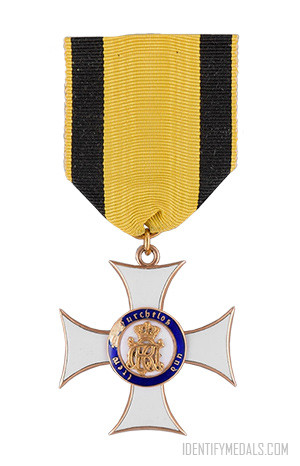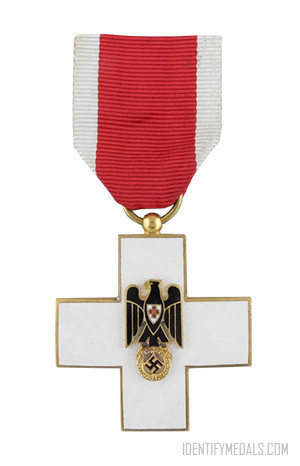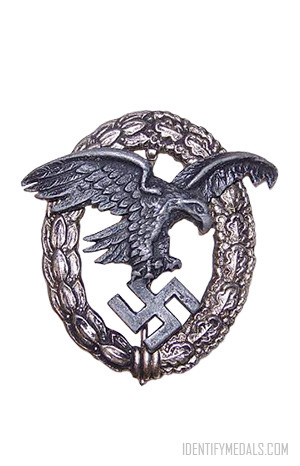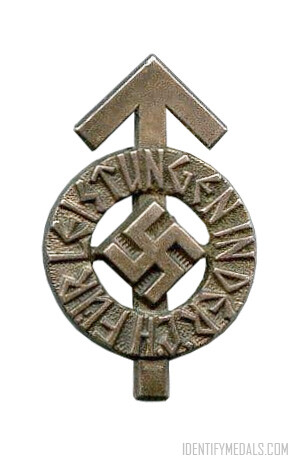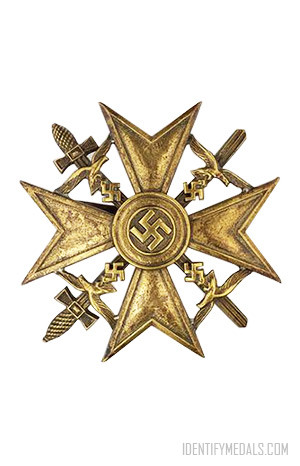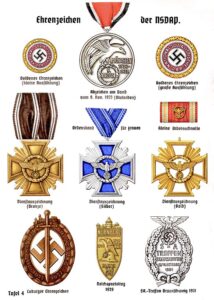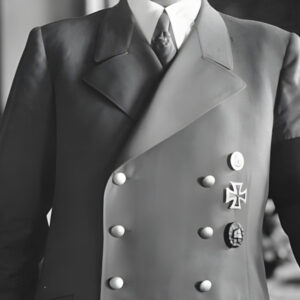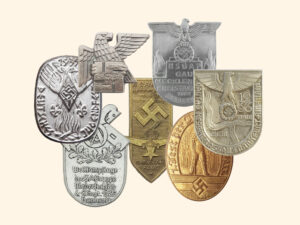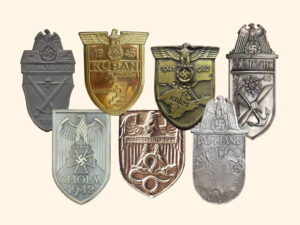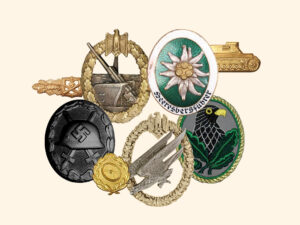- Time Period: Post-WW2
- Institution: 17 February 1966
- Country: Germany (GDR DDR German Democratic Republic)
The Medal Brotherhood in Arms (or Medaille Brüderlichkeit im Arme in German) was a prestigious award in the German Democratic Republic, established to recognize and honor the solidarity and cooperation between the GDR’s military forces and those of other socialist countries.
The medal was created to celebrate the fraternal bonds and mutual support among the armies of the socialist bloc, highlighting their joint efforts in maintaining peace and defending socialist ideals. It was a symbol of international military solidarity and the collective strength of socialist nations.
The Award Criteria
The criteria for receiving the Medal Brotherhood in Arms included demonstrating exceptional cooperation and solidarity with the armed forces of other socialist countries. It was awarded to military personnel who contributed significantly to joint operations, military exercises, and other collaborative efforts that strengthened the bonds between the GDR and its allies.
The medal recognized both individual contributions and collective achievements in fostering international military cooperation. It aimed to encourage and honor those who played a key role in promoting unity and mutual support among socialist armies.
The Award Design
The Medal Brotherhood in Arms featured a circular design made from high-quality metal, typically bronze, silver, or gold.
The obverse side displayed symbols of military cooperation, such as crossed flags or shaking hands, often surrounded by laurel leaves. The reverse side bore an inscription denoting the purpose of the award and the year it was established.
The medal was attached to a white ribbon with a thin central line.

